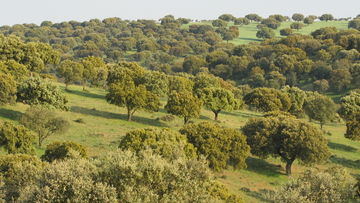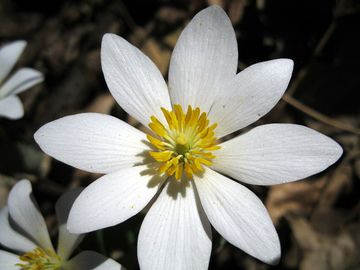Lokania is a country in Arcturia that borders Louzaria (UK), Assowolf and an oversea territory of Kaeliv. It has a population of 74.2 million in 2019. Its capital city, Efraford, is where over 3.8 million people live. Lokania has a total area of 292,540 km² (112,950.33 sq mi).
Before their involvement in the the Auroran Imperial War, the Lokanian people had agreed that, if they helped the Morstaybishlian Empire, they would be granted independence at the end of the war. The rights to independence split the Overseas Territory in half. The north-west, more indigenous people had wanted independence since they were taken over in the early 17th century but the south-eastern provinces wanted to remain for the benefits the Empire would give. A special agreement in 1975, after the end of the war, saw the north-west provinces form to become a sovereign state of Lokania, whilst the south-east provinces kept the old name of the colony, Louzaria, remaining as an Overseas Territory. The relationships between the country and colony has remained in good condition.
Geography

![]()
Lokanian deciduous forests
The eastern regions of Lokania that border Louzaria are generally inhospitable as a result of both high altitude and extreme weather cycles. These areas are where the Louzarian Rocky Mountains enter Lokania and are known as the Lokanian Rockies. What is different from the Louzarian counterpart is that there are massive bodies of water between the foothills of the mountains. The Five Lokanian Lakes have a total surface area of 5306.8 km² (2049 sq mi), larger than the Auroran island of Eskome by 2.5 km². Silver fir, red cedar and scots and stone pine trees inhabit the mountains and their low lands.
Fauna
Animal diversity is modest. Lokania is home to many endemic animal species but also to many species introduced from Aurora by their colonial predecessors. Industrialisation and continuing urbanisation have contributed towards a general decline of species.
Mammals include roe and fallow deer, rabbits, hare, squirrels and rats. Carnivorous mammals include the grey wolf and golden jackals. Some species of seals and whales are found on or around the shores and coastlines.
Lokania hosts a wealth of birdlife, with 556 recorded. These include various species of songbirds, gulls, owls (including the Arcturian eagle owl, but exclusively to the north), gamebirds and songbirds, as well as ducks, and doves. There are many reptile species more north and north east, the most common is the elusive macrelaps (or Nova Calthia black snake). Amphibians include toads. Arachnids include whip scorpions and small spider species.
Roe deer
Nova Calthia black snake, it only inhabits northern Lokania
Arcturian Kingbird
Flora

![]()
Bloodroot, the national flower

![]()
A sego lily, very common by riverbanks and moister ground in the western regions.
In central and south western Lokania there is dominantly deciduous forests consisting of oak trees on mostly flat or hill lands. In these forests, there are little to no flora to make up the shrub layer. Instead, it is mostly a mixture of several grass species. Nearer to rivers and bodies of water are a broader range of flora including the nations three main flowers; sego lily, bloodroot and lavender. Bloodroot, although their internal juices are poisonous but not lethal, is the national flower of Lokania. The 8 petal flower features on the country’s flag.
In the far north of Lokania, the deciduous forests become more of a dry broadleaf forest that has several other species of trees other than oak such as birch and maple species.